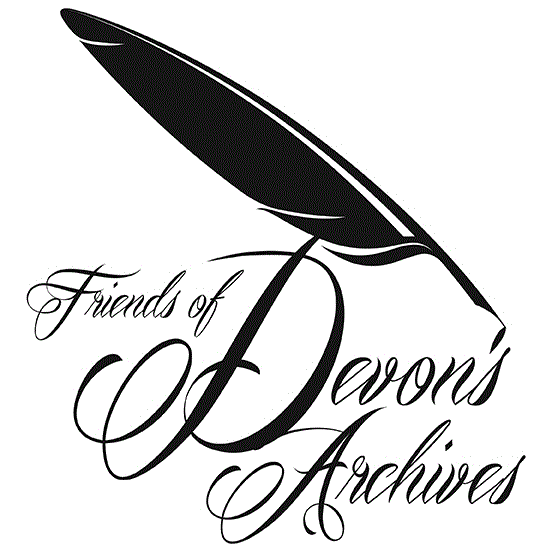Notes on Holsworthy Oath Takers, 1723
By Pat Williams
Historical Notes on Holsworthy
According to The Universal British Directory (1793-98) Holsworthy is 'a large place between two branches of the Tamar.' '8 miles north from Stratton, 14 miles east from Hatherleigh, 14 miles south-west from Launceston. About 5 miles east of Holsworthy is Dunsland, the seat of George Beckford, Esq.'
The name is said to originate from Haroldsworthy, and is a port town, i.e. a safe place to stay.
Holsworthy still is officially a port town, with a court leat, and all the traditional
officers with a portreeve at the head. It lies within Black Torrington hundred, with some estates falling within the Duchy of Lancaster.
Risdon's Survey of Devon (1714) notes that the manor of Holsworthy passed down through different families until 'by means of an entail it was purchased by Prideaux of Soldon.' In 1713 the Prideaux estates were sold to Thomas Pitt, Lord Londonderry, from whom it has descended to Earl Stanhope. In the 20th century the estates were sold to various people.
The Manor of Thorne belonged to the Holland family up to 1703 after which it was sold to John Coham, who resold it to John Ebbott. Following a law suit in 1703 Ebbott married one of the aunts who originally inherited Thorne from the Holland family. His name appears on the oath rolls as having sworn at the Crown and Sceptre, Holsworthy, on 12 September 1723. The Manor of Ugworthy in 1822 'now belongs to Sir Arscott Ourry Molesworth, Bar., and Mr. John Cole'. Cole may be descended from the John Cole who is named as a freeholder in 1762, 1771 and 1783.
Risdon's Survey states 'there was a meeting of Independents at Helston, the congregation were afterwards Presbyterians'. The 1744 visitation returns state that there were '5 or six of them [families] are Presbyterians, one Meeting House', but according to the Rev. Meyrick in 1779,
'nor is there any meeting house, nor ( I believe) one dissenter - for which I thank God'.
The visitation replies show changes in Holsworthy. The 1744 visitation returns give the population as between three and four hundred families, and 100 Communicants. In 1779 there were 'about 170 families', and the communicants were from 90 to 40.
In 1744 Holsworthy had no charity or endowed schools but several [religious] schools, by 1779
this does not seem to have changed, 'There is no school except a common one for reading & writing.' There was 'an almshouse and Lands left for the Benefit of such poor People as the Trustees shall nominate' in 1744, but by 1779 there was no almshouse, or charity.
The Rev. Thomas Orchard in 1744 resided 'on my Vicarage, which is in Cornwal', by 1779 there was a change of Minister and residence. The Rev. Owen Lewis Meyrick noted, 'I reside personally upon my Cure, in the Parsonage house.' This is possibly the new parsonage which was the subject of the 1727 church terrier, 'The Manor became the Parsonage with approx 12 rooms.' Four of the five signatories to the Terrier were also 1723 oath-takers:
Dan Warren, J. Eliott, Joseph Bussoke (possibly Bullock) and Wm. Hartop. The fifth was Roger Dark, who was Overseer.
The Church dedicated to St. Peter and St. Paul is Norman in origin, and according to Holsworthy Through the Lens 'The Tower which dates from 1450 has suffered at least twice from lightning strikes, 1890 and 1914. There were 3 bells in 1553, 5 in 1727, and in 1836 8 new bells were cast.'
Holsworthy oath-takers Holsworthy area contents Project index

